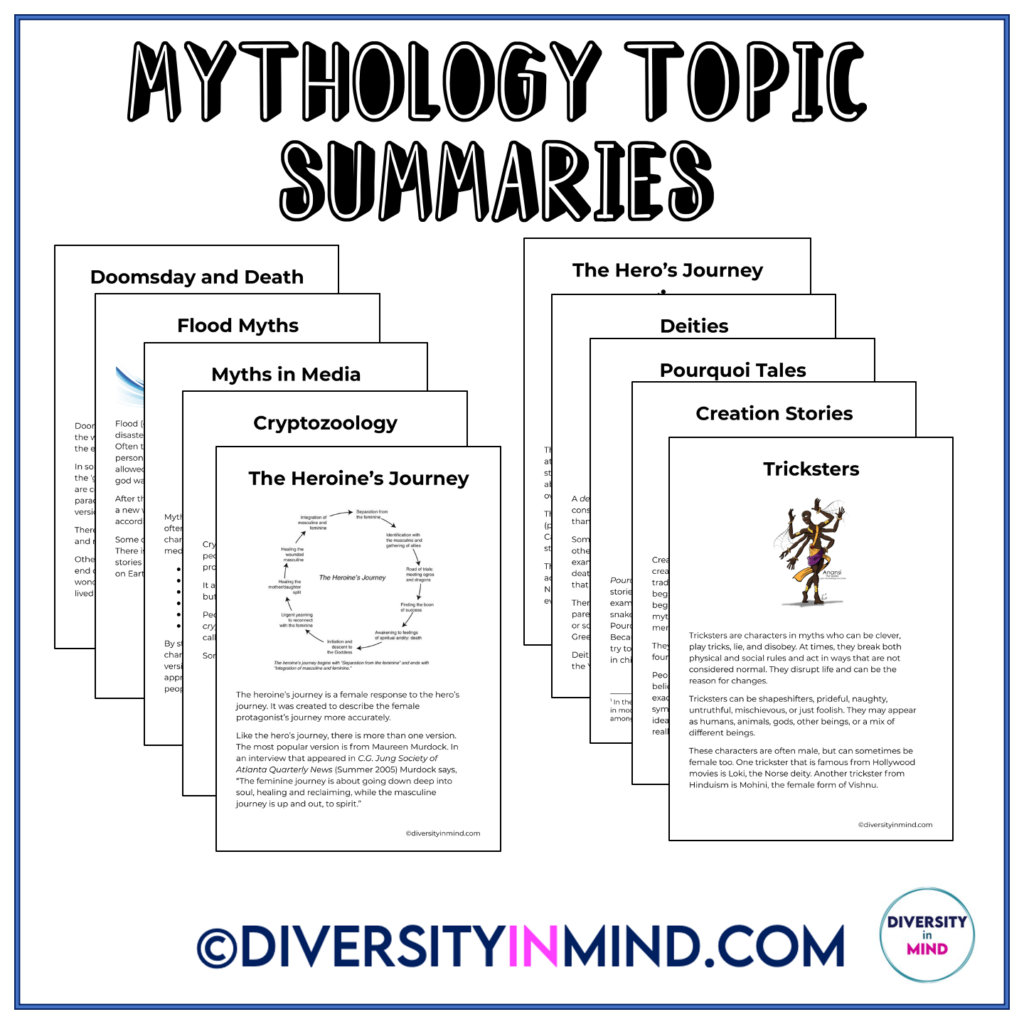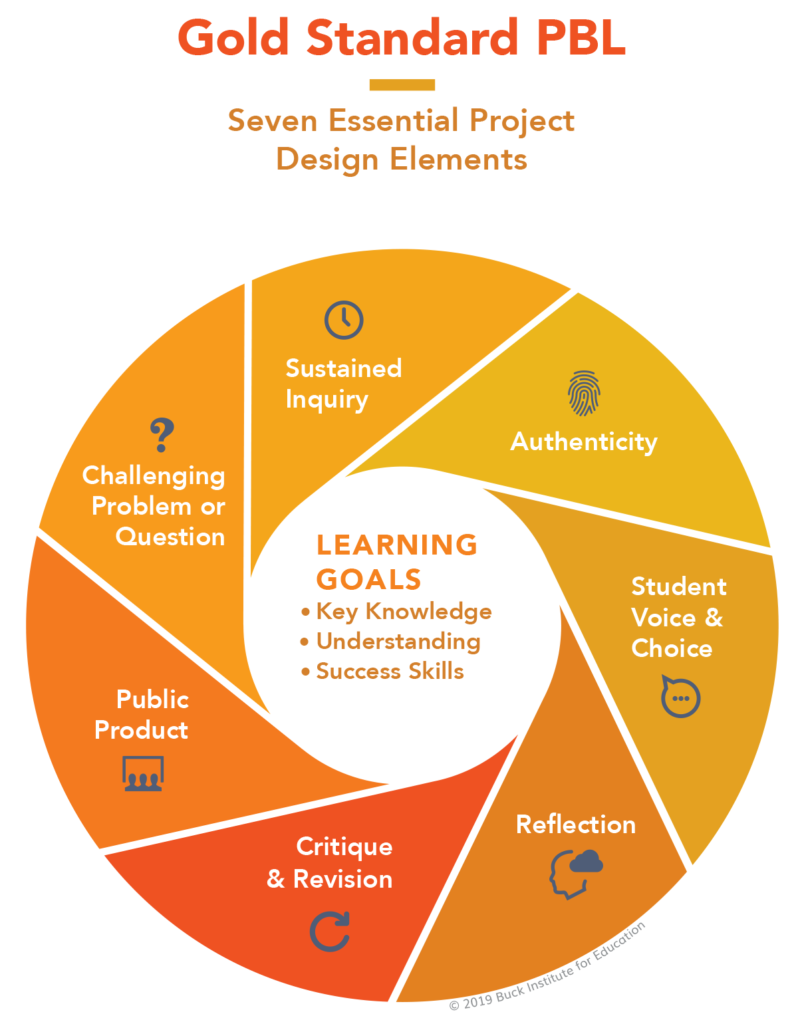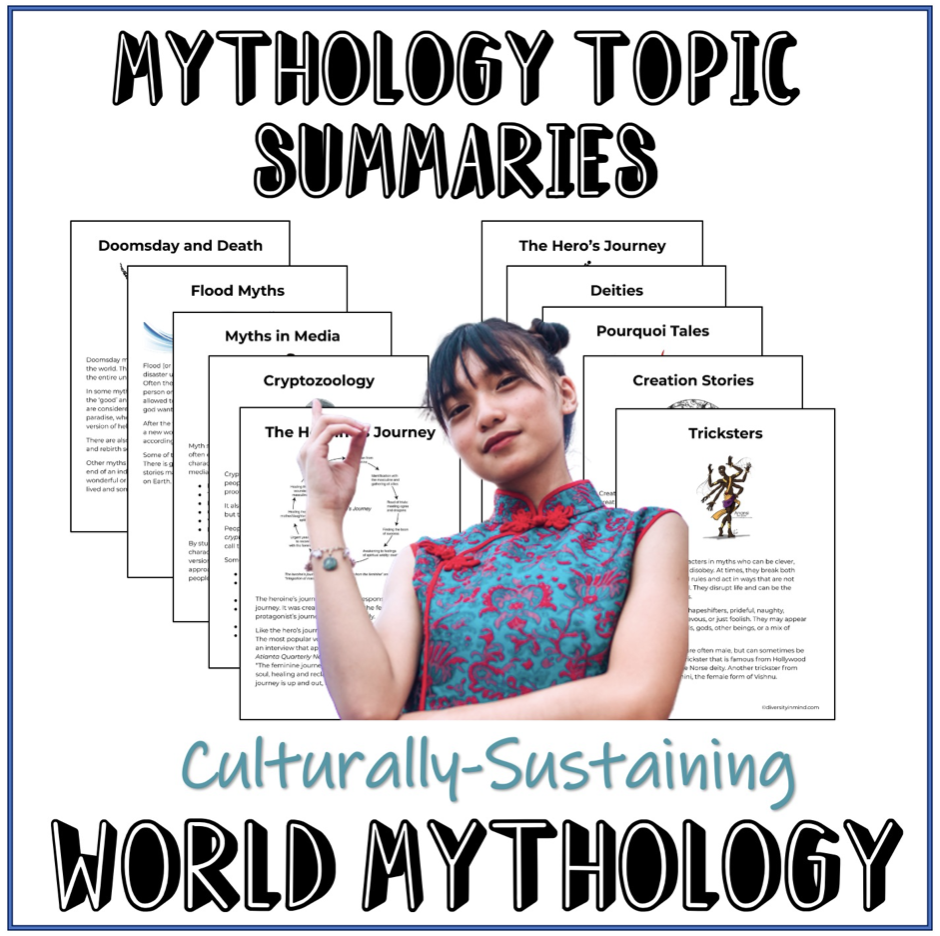Offering students more choice and voice in the classroom can contribute to a culturally-sustaining classroom. As you design with students, you are naturally more likely to create a space where they feel valued as contributors. One way I do this in our World Mythology course is by asking students what topics they want to learn about within mythology. Great idea, right? Well…
At the end of one course, I asked students what we should keep, adapt, or replace. One student wrote the comment highlighted below.

Although I did well with exploring the concept of mythology with them, I could have done better at this stage. Depending on their age and experience, some students struggle to come up with ideas because they just don’t know that much about mythology in general. Once again, I learn from my students: what was I thinking asking them to choose topics when they didn’t know what the possibilities were?

In thinking about the best way to give them ‘just enough’ information without turning it into a multi-lesson time-suck, I came up with the idea of mythology topic summaries. I took 1 page per topic and then wrote a brief overview of what that topic area involves studying. This is an idea you can use with any unit you are studying.
Read on to explore how to use these topic summaries and grab a free copy to use in your own class.

Voice and Choice Activities
Stations
If you are back in the classroom, stations are great for getting students up and moving. Put each topic page at a station. Students read the information at each station and then record their top choices.
When the gallery walk has been completed, bring the whole class back together to vote for their favourites. This could be as simple as listing the topics on the board and then asking students to raise their hands to show if they’d like to study that particular one. Record the numbers of hands and then rank order the topics. If there are topics with low votes, students can be invited to argue their cases. Choose the top [whatever number you have time for] and get started.
If you are online, I would opt for the virtual gallery walk (below) instead.
Virtual Gallery Walk
This activity is done using Google Slides (or an alternative). Put students into breakout rooms in partners, and have them move through the virtual gallery together, discussing whether or not that particular topic is of interest to them. Of course, they should justify their interest level each time to flex their evaluation and critical thinking skills.
On clicking a topic, they are taken to a slide with that topic summary. They can either return to the main room or just go to the next room to view the next topic summary. Here is an example of how it would work – click on ‘creation stories’ and ‘myths in media’.
As they go through, students could fill out a form like this.
You can then use the results as a class to decide what the priority topics will be. To do this, I would suggest sharing visuals of the results and then discussing as a class what the top results show.
Research & Present – Project Based Learning (PBL)
Offer students, partners, or small teams time to browse the topic summaries. They then choose one to create a driving question such as What are tricksters in mythology and how do they reflect cultural values or norms? or How can a culture’s creation myth help us understand their worldview? Students then research, create a product, and present back to the class. Students become the teachers which encourages ownership and engagement. Some notes:
- In using the word ‘present’ students can create a slideshow and stand at the front of the room, but we usually brainstorm many other options. These have included ideas such as creating a comic, an animation, a reader’s theatre script, a performance, a podcast, a poem, and a children’s book.
- When I offer this option, I always have students create a short quiz at the end of their presentation. I do this for 2 reasons – to ensure there’s a reason to engage, and to make use of retrieval practice. They can simply to oral Q&A, or use apps such as Quizlet, Kahoot, or Quizizz.
- To make this project gold standard, we find an authentic (public) audience. This might be another class, younger students, or members from the wider community such as parents.

Bonus Idea: Found or Blackout Poetry
Using the texts for blackout poetry isn’t an efficient way to choose topics, but it is a lot of fun! If you’ve done it before, you already know it involves blanking out words to leave behind lines of poetry. The example shown was done digitally so this is an activity that can be used in class, online, or for hybrid learning.

Click here for free introductory materials you can use with your students or watch Ashley of Building Book Love explain how to do this digitally (below) in a video you can use directly with your students in class or online.
Get Your Free Resource!
Convinced that using these topic summaries might give your students more choice and voice in the classroom? If so, grab your free PDF by entering your email below.
If you prefer an editable copy, you can purchase it here.
Reflect and Connect
Here I’ve shared just a few ideas on how you can use topic summaries to offer students more choice and voice in your culturally-sustaining classroom.
Which might you be willing to try? Got other ideas? Do share in the comments or in our Facebook group.
We’ve got this!


